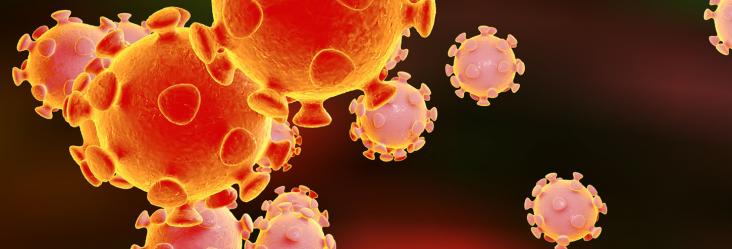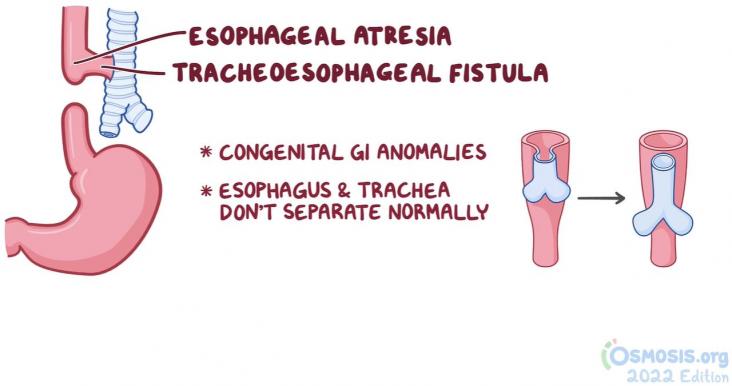
This article ties to SDG 3. This resource, created together by Osmosis and the National Organization for Rare Diseases (NORD), aims to increase the knowledge and awareness about the rare birth defect Esophageal Atresia & Tracheoesophageal Fistula. This disease occurs when the esophagus fails to develop correctly, essentially ending in a blind pouch that is commonly connected to the trachea, creating a tracheoesophageal fistula.
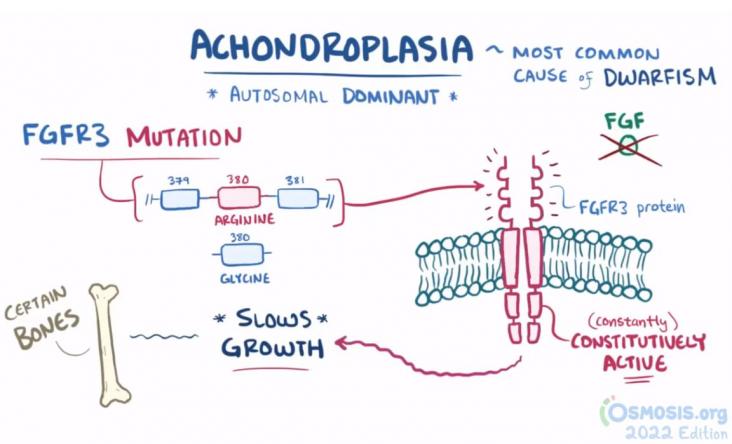
This article ties to SDG 3. This resource, created together by Osmosis and the National Organization for Rare Diseases (NORD), aims to increase the knowledge and awareness about the rare disease Achondroplasia, the most commonly occurring form of skeletal dysplasia that occurs in approximately 1 in 20,000-30,000 live births.
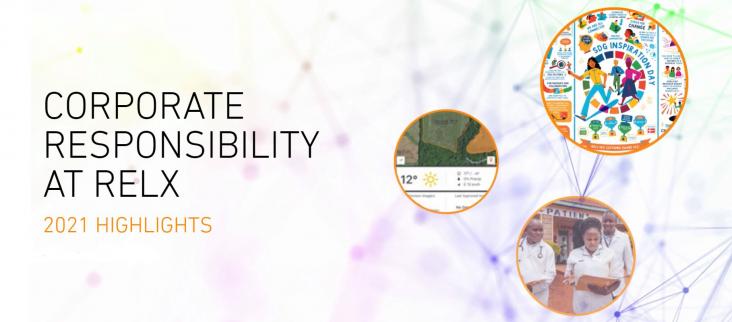
In 2021, RELX continued to build on our strong corporate responsibility (CR) performance during the year, further improving on our key internal metrics and extending the scope of our unique contributions. This article is linked to SDGs 1,3,10,11,12,13 and 16, in line with RELX's areas of expertise.
Partner content
World Bank
These dashboards present data from the World Development Indicators (WDI) that help to monitor the Sustainable Development Goals (SDGs).
RELX SDG Customer Awards aim to recognise RELX customers who share our commitment to driving action in support of the United Nations Sustainable Development Goals. Read more about the 2022 winners.
Elsevier,
Clinical Decision Support for Pharmacogenomic Precision Medicine: Foundations and Implementation, 2022, Pages 85-106
This chapter advances the UN SDG Goal 3: Good Health and Goal 10: Reduced Inequalities by bringing attention to the inequity in access to pharmacogenomic implementation efforts and how CDS can address this issues.
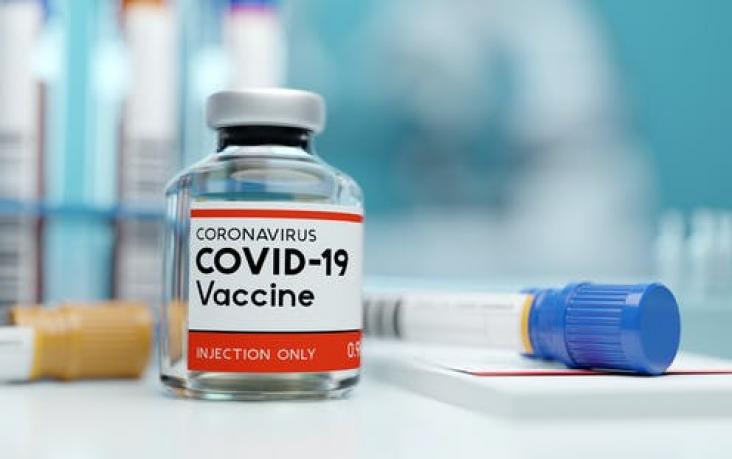
John McConnell, Editor of The Lancet Infectious Diseases on COVID-19 vaccine safety and confidence
Partner content
Global CitizenGlobal Citizen, 28th September 2020
Women and girls are the most socially and economically vulnerable to the COVID-19 pandemic, but the majority of countries worldwide are not taking the steps to protect them, according to a new report.
UN Women and the United Nations Development Programme (UNDP) released data on Monday that found only 1 in 8 countries have measures in place to shield women and girls from these effects. This article links to SDGs 3 and 5.
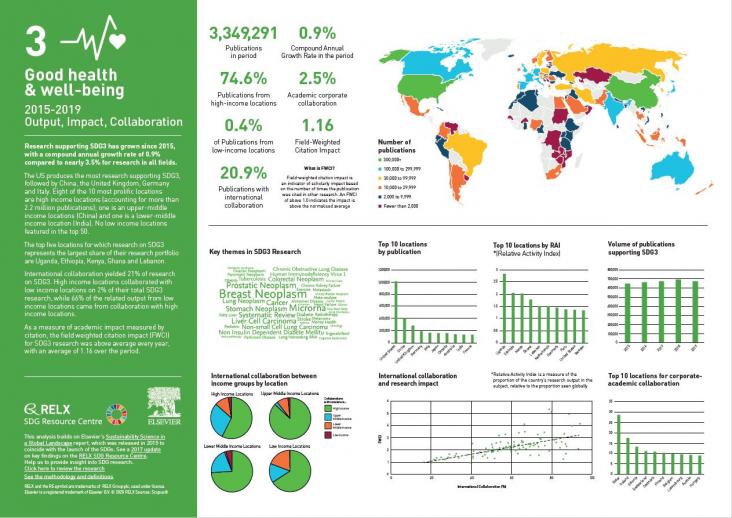
Over the past five years, we have used data and analytics to help the research and healthcare communities navigate the sea of research and to put collaboration, both interdisciplinary and international, at the heart of scientific progress on the SDGs.
For the first time, we have published graphics covering all SDGs using data and insights from Scopus and SciVal. These graphics show key metrics for research output, collaboration and impact.
View findings for SDG 3.
